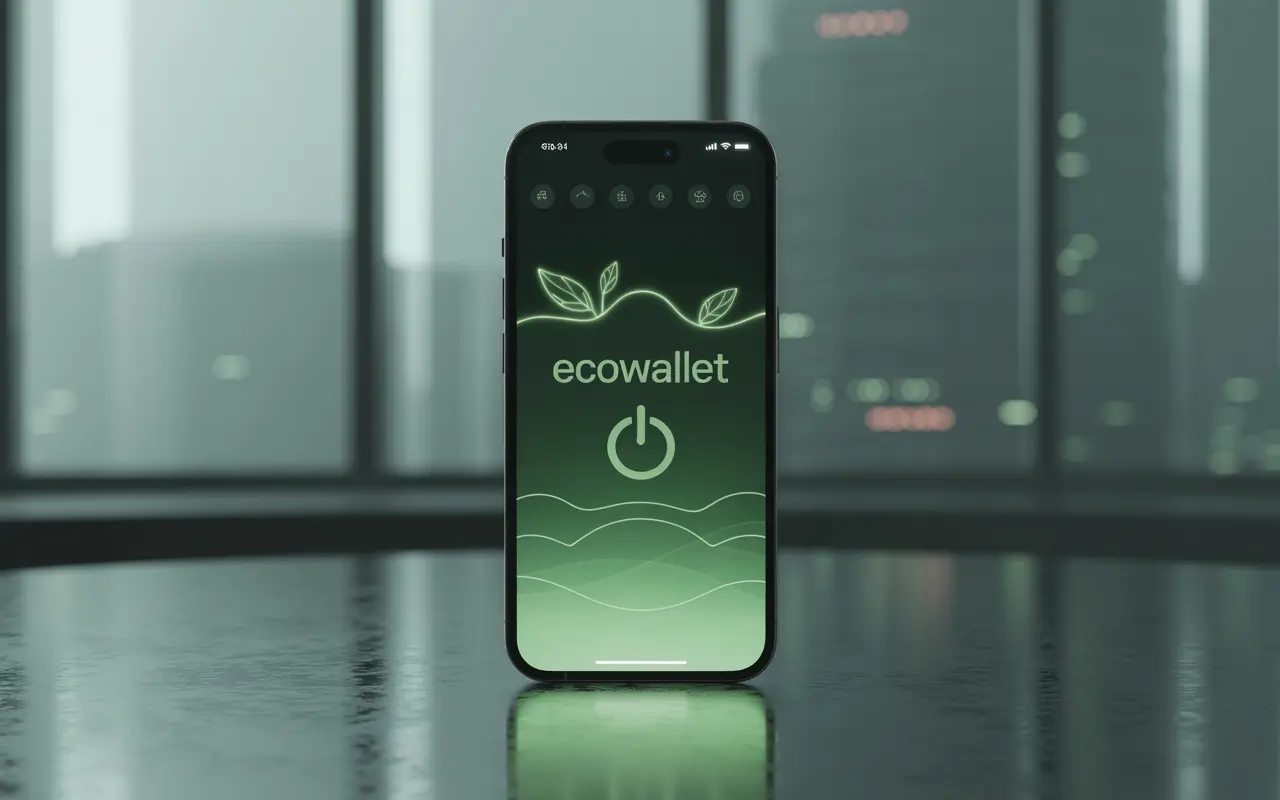Blockchain has matured far beyond tokens and speculation. In 2025, one of the most practical and sustainable developments is DePIN: Decentralized Physical Infrastructure Networks. These networks use blockchain and token incentives to build, operate, and share physical systems like renewable energy grids, wireless connectivity, storage, and mobility.
What I love about them is how they’re not theoretical but actual live projects shaping how communities consume power, access the internet, and even charge electric vehicles.
👀 Quick answers — Jump to section
- Why DePIN Matters for Sustainability
- Examples of DePIN in Action
- Environmental Benefits of DePIN
- Challenges Holding DePIN Back
- DePIN vs Traditional Infrastructure
- Why Businesses Should Care
- FAQ
Why DePIN Matters for Sustainability

Traditional infrastructure is centralized, slow, and energy-intensive. Building wireless towers, power stations, or cloud storage usually requires huge upfront investment and significant ongoing emissions. DePIN flips that model. By using token incentives, networks motivate individuals to contribute small pieces of infrastructure. Whether it’s a solar panel, a Wi-Fi router, or unused storage space. When multiplied by thousands of contributors, the network becomes both resilient and green.
Governments and enterprises are watching closely. ESG reporting and carbon neutrality are now compliance requirements. DePIN offers a way to meet those expectations while opening new revenue streams.
Examples of DePIN in Action
- Helium Network (Wireless Connectivity): Incentivizes people to deploy hotspots, creating decentralized wireless coverage. By using low-power devices, it consumes far less energy than traditional telecom towers.
- Filecoin (Decentralized Storage): Turns spare storage capacity into a global cloud system, reducing the need for massive centralized data centres.
- HiveMapper (Mapping): Car-mounted cameras contribute real-time mapping data, reducing duplication and cutting energy waste from traditional mapping methods.
- Energy Web (Renewables): Allows renewable energy providers to tokenize and trade electricity in a transparent, low-cost way.
Each of these examples demonstrates how blockchain incentives can coordinate physical resources sustainably.
Environmental Benefits of DePIN
DePIN projects support sustainability in several ways:
- Lower Carbon Footprint: Distributed contributions use existing resources (storage, internet, solar panels) rather than building massive new facilities.
- Resilience: Decentralized networks reduce single points of failure, making systems more durable in the face of outages.
- Local Impact: Infrastructure is distributed geographically, cutting the need for long supply chains.
- Efficient Energy Use: Many projects tap into renewable sources or energy that would otherwise go unused.
These benefits align with corporate sustainability goals and regulatory frameworks worldwide.
Challenges Holding DePIN Back

No technology is without limitations. DePIN faces:
- Regulatory Uncertainty: Governments have not yet created clear frameworks for decentralized infrastructure ownership.
- Scalability Issues: Early networks can suffer from patchy coverage or uneven distribution.
- Hardware Waste: If not managed properly, incentivized hardware deployment could increase e-waste.
- Awareness Gap: Many businesses and consumers still do not understand how DePIN works.
Overcoming these hurdles will require collaboration between regulators, enterprises, and blockchain developers.
DePIN vs Traditional Infrastructure
| Aspect | Traditional Infrastructure | DePIN |
|---|---|---|
| Ownership | Centralized corporations or governments | Distributed contributors |
| Energy Impact | High ongoing energy use | Lower, with renewable integration |
| Resilience | Vulnerable to single-point failure | Geographically distributed |
| Cost | High upfront and maintenance | Lower entry, incentivized participation |
| Adoption Speed | Slow, bureaucratic | Faster, market-driven |
This comparison shows why DePIN is being framed as a viable alternative for future‑ready infrastructure.
Why Businesses Should Care
For enterprises in fintech, SaaS, or Web3, DePIN offers both an investment opportunity and a reputational advantage. By participating in or integrating with DePIN projects, companies can:
- Enhance ESG scores
- Appeal to eco-conscious customers
- Lower operational costs for infrastructure
- Build brand authority by supporting sustainability
In a marketplace where green credentials increasingly drive customer trust, aligning with DePIN is not optional, it’s strategic.
FAQ
Q: What is DePIN in simple terms?
A: DePIN means Decentralized Physical Infrastructure Networks. It uses blockchain and tokens to coordinate physical resources like energy, storage, and connectivity.
Q: How does DePIN help the environment?
A: By using distributed resources and renewable energy, DePIN lowers carbon emissions and reduces reliance on centralized, energy-intensive facilities.
Q: Is DePIN profitable for contributors?
A: Yes. Individuals who contribute infrastructure (like routers, storage, or solar panels) earn tokens as rewards, creating a financial incentive.
Q: Which DePIN projects are leading in 2025?
A: Helium, Filecoin, HiveMapper, and Energy Web are among the most recognized, each tackling different sectors.
Q: What risks come with DePIN?
A: Regulatory uncertainty, scalability, and potential e-waste from hardware. However, these risks are being addressed as the sector matures.
Q: How can a business get involved in DePIN?
A: Companies can either contribute infrastructure directly, invest in DePIN tokens, or build services on top of existing networks.
Q: Does DePIN replace traditional infrastructure?
A: Not entirely. It complements it by filling gaps and providing greener, faster alternatives where centralized models fall short.
DePIN is happening now, offering a greener, more resilient path forward. For brands that want to stand out as sustainable and forward‑thinking, aligning with DePIN is both a business opportunity and a responsibility.
What do you think? Could decentralized infrastructure replace parts of today’s centralized systems, or will it always remain a complement? Share your view in the comments below.
_________________________________________________________________
Get your business referenced on ChatGPT with our free 3-Step Marketing Playbook.
Want to know how we can guarantee a mighty boost to your traffic, rank, reputation and authority in you niche?
Tap here to chat to me and I’ll show you how we make it happen.
If you’ve enjoyed reading today’s blog, please share our blog link below.
Do you have a blog on business and marketing that you’d like to share on influxjuice.com/blog? Contact me at rob@influxjuice.com.

